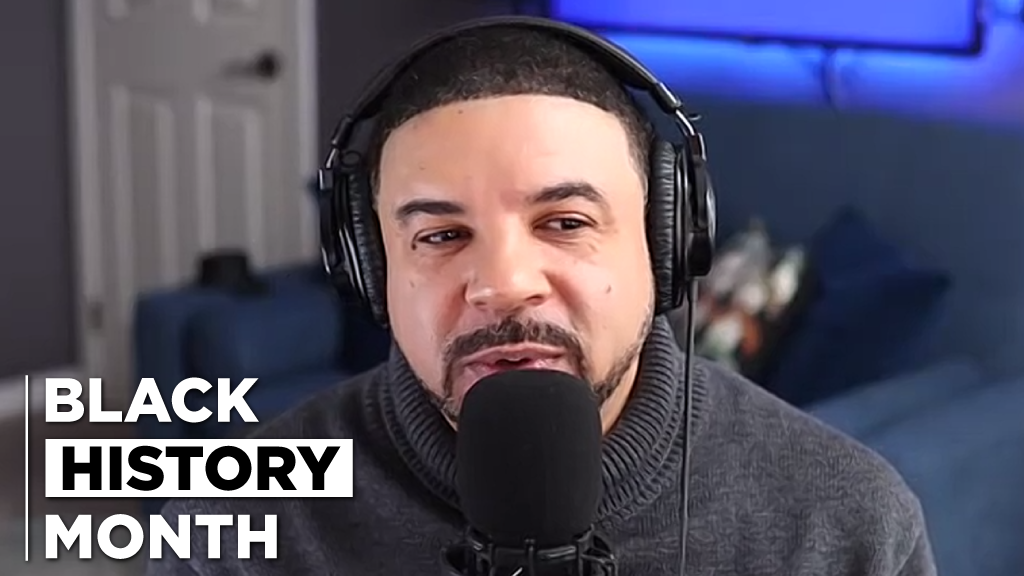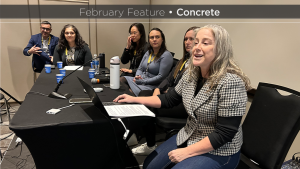As an actor, musician, motivational speaker and a graduate of the University of TorontoŌĆÖs Faculty of Architecture, Sean Mauricette has a unique perspective on how to combat anti-Black racism in the workplace.
The guest speaker at EllisDonŌĆÖs Dismantling Racial Bias in the Workplace Feb. 27 webinar, Mauricette described how he is acutely aware of anti-Black racism in the construction industry and shared a personal story about one of his friends to hit home the message.
ŌĆ£There are times he went to his vehicle and saw people snipping the brake lines on his truck,ŌĆØ he said. ŌĆ£The feelings of isolation and alienation when they would all go out for drinks after and he was never included until one day he had to stand up for himself. They basically looked at him and said, ŌĆśfor an ŌĆśNŌĆÖ wordŌĆ” youŌĆÖre not half bad.ŌĆÖ
ŌĆ£I think it was a rough start, but they began to have this exchange and the vibe slowly began to change as they stopped viewing him as a threat and more as one of their equals.ŌĆØ
But changing these perceptions has to start from the top.
ŌĆ£The question here now is do companies want to be proactive or do they want to be reactive?ŌĆØ he asked. ŌĆ£Do you want to try to move with the curve? ThatŌĆÖs coming around to seeing how things are changing and reshaping and forming themselves within the province and across ║┌┴Ž│į╣Ž═° versus just waiting until the very end. Your competitors, by the way, may also be seeing this and be taking those very important strides.ŌĆØ
Mauricette has worked on a number of projects including the Jane and Finch Centre for Green Change and was head architectural designer for the Toronto Community HousingŌĆÖs support centre for young fathers.
In terms of solutions to combat anti-Black racism in the workplace, Mauricette shared a few ideas.
ŌĆ£These are all things we want to keep in mind recognizing that these things donŌĆÖt happen overnight. They take time to build and create and manifest but itŌĆÖs something thatŌĆÖs really important to take those strides,ŌĆØ he said.
One of his ideas was to create a creed.
ŌĆ£My brother-in-law, who works for the provincial government, had some of his staff create a creed that all members within the organization were comfortable creating and implementing. ItŌĆÖs kind of like a manifesto and it was created for them, by them, with them,ŌĆØ Mauricette explained.
Constant learning and training were other solutions.
ŌĆ£Anti-Black racism and anti-oppression training is ongoing and itŌĆÖs available throughout the year for all employeesŌĆ”itŌĆÖs not just something that happens during Black History Month,ŌĆØ Mauricette pointed out.
In terms of oversight and accountability, he suggested the company establishes clear performance benchmarks and that the principal reviews quarterly reports on developments in anti-oppression and anti-Black racism and its relevance to their performance benchmarks.
ŌĆ£WeŌĆÖre setting goals, weŌĆÖre reviewing, weŌĆÖre looking back and saying are we hitting these targets,ŌĆØ Mauricette explained.
Voices heard, actions felt was another critical piece of the puzzle.
ŌĆ£There are clear guidelines and plans and supports to address the safety of all staff to build a workplace that is free from racism and discrimination,ŌĆØ he said. ŌĆ£Management demonstrates consistent decisive and clear action and leadership in this regard while paying close attention to patterns of exclusion and under representation.ŌĆØ
Mauricette stated the creation of anti-oppression and anti-Black racism policies and guidelines to address issues like harassment, bullying, racism, workplace toxicity, conflicts of interest is important, as is utilizing bias free protocols to build an equitable platform for members of the community.
ŌĆ£ItŌĆÖs important to see people of colour in these higher levels, senior level management, decision-making positions,ŌĆØ he said.
The board of directors also needs to walk the talk and members should participate in semi-annual anti- oppressive and anti-Black racism training as well as an ongoing critical discussions and specific exposure to critical equity issues.
Overall it is about changing mindsets.
ŌĆ£I think we need to work on just shifting that vibe that we all have, the camaraderie with one another and that respect that we have,ŌĆØ he said. ŌĆ£That would be a tremendous shift and a push in the right direction.ŌĆØ











Recent Comments
comments for this post are closed